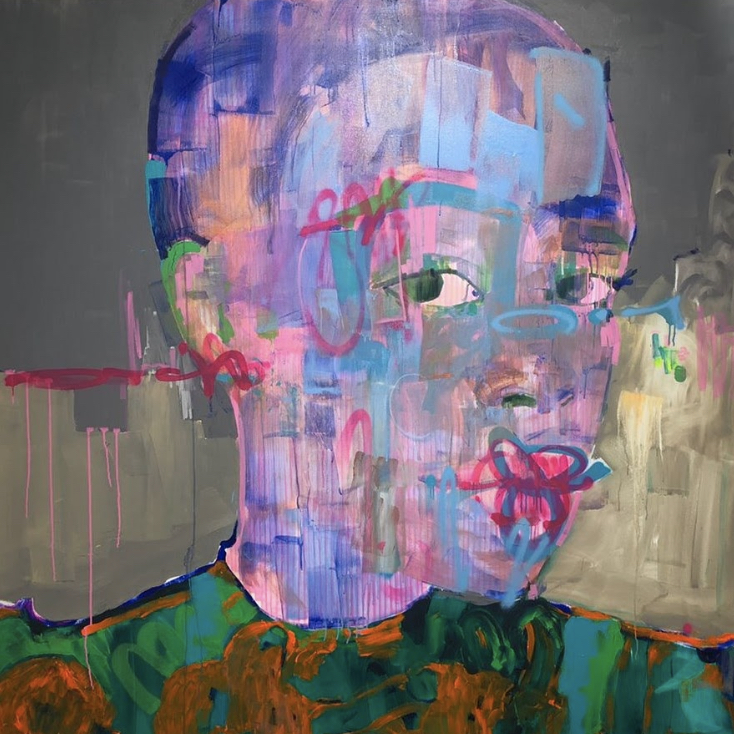Answers to Your Questions about NFT Art

Norman O'Flynn, 'Be the goodtime keeper', acrylic paint on canvas
Invictus Capital, a pioneer in the digital asset space, has launched the first NFT (non-fungible token) collection of African art. The curated Out of Africa collection of artworks by top South African artists will be on auction in February and offers collectors a cutting-edge investment opportunity. With blockchain technology being relatively new to the art world, it naturally brings up some questions, which we’ve answered below. If your question is still ‘WTF are NFTs?’, then start here.
If an NFT is digital, how does it work for physical art?
The NFT that you purchase is a digital asset but it also acts as a transferable certificate of ownership that allows the owner to have the physical artwork delivered to them, if they wish to keep it IRL. While the NFT market has previously been a valuable avenue for digital artists to sell their work, projects like the Invictus NFT Lab feature work in traditional mediums like painting and even sculpture and open up the opportunity to all artists.
How will I view the art before buying it?
With the mass postponement of art fairs and exhibitions due to the COVID-19 Pandemic, online art sales were boosted in a major way. Art met e-commerce like never before and online viewing rooms evolved to effectively display and sell art online. All the Out of Africa artworks available from the Invictus NFT Lab will be viewable on their website. Track the release of new works on Discord, Twitter and Instagram. Artworks are also available to view in our Latitudes Viewing Room.

Alastair Campbell, Retrospect, 2021, graphite on Fabriano
What does an artist get out of selling an NFT?
Through selling NFTs, local artists gain exposure to a burgeoning global market of investors outside of the realm of traditional art collectors. NFTs also generate royalties paid back to the artist whenever their work is resold. NFTs are minted through smart contracts where artists can stipulate rules that could, for example, prevent collectors from ‘flipping’ artworks.
What value do NFTs bring to collectors?
Firstly, NFTs are traceable and can authenticate the originality of an artwork which eliminates forgery. When buying an NFT through Invictus NFT Lab the delivery of the physical artwork is optional which makes it possible to invest in art even if you don’t have the interest or space to store or display it. An old adage is to invest in art that you like but this offers an alternative opportunity to invest in art or an artist you believe in without being responsible for the transport or the insurance of the physical work. Even if you do prefer to take physical ownership of the artwork, blockchain provides a transparent sales history of NFTs which is often difficult or impossible to get hold of through the gallery sale of an artwork. In some cases the NFT representations of the physical artworks will incorporate animation or augmented reality features made possible by digitisation offering a unique, extra dimension to the artworks.
Where do the NFTs live?
The auctions will be facilitated by the OpenSea NFT market, the world’s largest and most trusted NFT resale platform. OpenSea provides an interface to view your NFTs or other people's NFTs, as well as a non-custodial marketplace. When you buy an NFT it will live in your Ethereum wallet. When you make a sale via OpenSea, the NFT moves from your wallet into the buyer's wallet. OpenSea never takes possession.

Kilmany-Jo Liversage, 'Avisa818', acrylic, spray paint and marker on canvas
If you’re interested in learning more about NFTs and the technical details of the collection, you can take a look at Invictus NFT Lab’s LitePaper.
Further Reading In Articles
African Artist Directory















